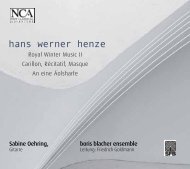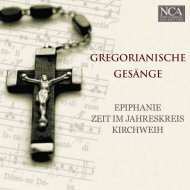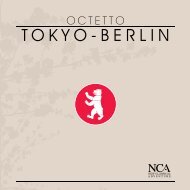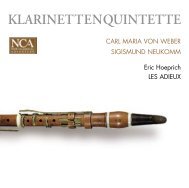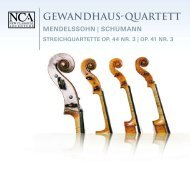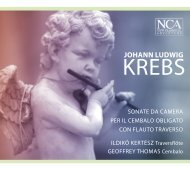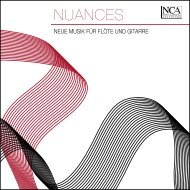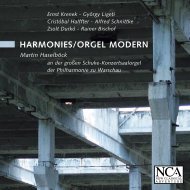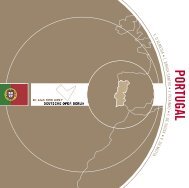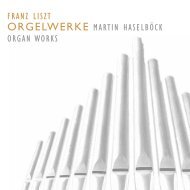CLORI, TIRSI E FILENO - nca - new classical adventure
CLORI, TIRSI E FILENO - nca - new classical adventure
CLORI, TIRSI E FILENO - nca - new classical adventure
Erfolgreiche ePaper selbst erstellen
Machen Sie aus Ihren PDF Publikationen ein blätterbares Flipbook mit unserer einzigartigen Google optimierten e-Paper Software.
englishenglishGEORG FRIEDRICH HÄNDELClori, Tirsi e Fileno: Cor fedele in vanosperiCantata a tre con stromenti HWV 96”A German has arrived in our city,he is an excellent harpsichordplayer and composer and provedhis skill today by playing the organin St. Giovanni’s church and causinggeneral amazement.“ This was theentry that the Roman citizen Valesiowrote in his diary for 14 January1707, so recording George FrederickHandel‘s arrival in Rome. Like manyother composers for example,Heinrich Schutz before him andafter him Wolfgang Amadeus Mozart– Handel moved to the ’PromisedLand‘ of music. Then, as always,Italian music had a very influentialrole in the ’orchestra‘ of Europeanmusic nations – France, Englandand Germany. Handel was aware ofthis before he travelled through theAlps to the south. While he was a lawstudent in his home town of Halle hetravelled to neighbouring Leipzig tosee Italian works performed by anopera company set up along Venetianlines and to admire the singers andinstrumentalists. He had also gotto know Italian works which wereperformed in nearby Weißenfels,both by the court orchestra andthe visiting Gänsemarkt Opera fromHamburg under the direction ofReinhard Keiser. The encounter withKeiser had many consequences.In 1703 Keiser brought Handel tothe famous Gänsemarkt theatrewhose repertoire included manyItalian works. Handel added tothis repertoire in 1705 with thesuccessful performance of his firsttwo operas: Almira and Nero. In spiteof this early experience, the almost22 year old Handel was introducedto a completely different artisticworld in Rome, Florence and Veniceon his arrival in Italy at the beginningof 1707. Patrons like the cardinalsBenedetto, Pietro Ottoboni and CarloColonna and the marquis FrancescoMaria Ruspoli had establishedlarge scale artistic ventures in theirpalaces. They employed splendidvirtuoso singers and supported theirown orchestras which containedmany excellent musicians. Between1689 and 1713 the private orchestraof Cardinal Ottoboni was led byArcangelo Corelli and its membersincluded Alessandro and DomenicoScarlatti (harpsichord), GiovanniBattista Gasparini (viola) andGiovanni Battista Bononcini (violinand double-bass). In 1677 a carnivalscandal had led to a papal ban onall public performances of opera inRome, but the influential patronsarranged a suitable equivalent: theyorganised the performance of scenesfrom cantatas and oratorios in semiprivaterooms in their palaces.Among the leading vocal forms of theday was the chamber cantata in bothits religious and secular versions. Itspartly narrative and partly dramaticliterary structure, demanded atheatrical setting. The texts werewritten in a variety of metres andthis allowed the composers to varythe sequence: recitative - aria -recitative. This means that dacapoariascan be found next to ariosiand arias in verse form, and thereare semi-narrative lyrical arias someof which are dramatised or partlydramatised. The preferred literarytheme was love, this central emotionbeing transposed in the 17th century20 21



